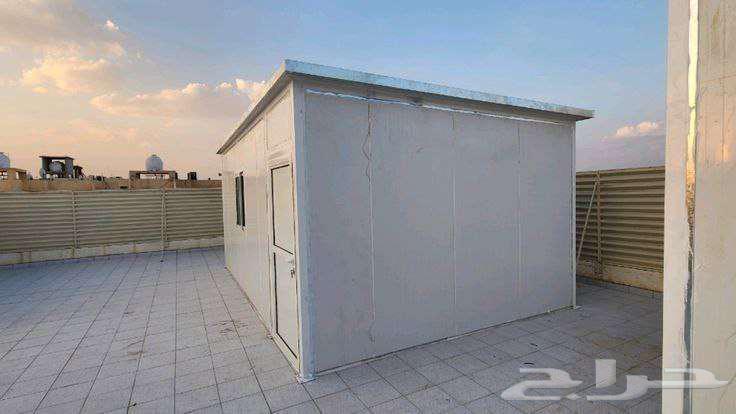




 17
17### Sandwich Panel: Definition, Features, and Applications #### Definition of Sandwich Panel A sandwich panel is a building component consisting of three layers: two outer layers usually made of steel or aluminum, and an insulating core in the middle. This type of panel is used in many construction applications due to its effectiveness in providing thermal and acoustic insulation. #### Features of Sandwich Panel 1. **Excellent Thermal Insulation**: The insulating materials used in sandwich panels provide high efficiency in maintaining the internal temperature of buildings. 2. **Lightweight**: Sandwich panels are characterized by their light weight compared to traditional building materials, which facilitates transportation and installation. 3. **Corrosion Resistance**: The outer layers made of galvanized steel or aluminum make the panels resistant to environmental factors such as moisture and rust. 4. **Easy Installation**: Sandwich panels can be installed quickly, reducing construction time. 5. **Cost-Effective**: Due to savings in construction time and thermal efficiency, sandwich panels can be an economical choice in the long term. #### Applications of Sandwich Panel - **Industrial Buildings**: Sandwich panels are used in constructing factories and warehouses due to their thermal insulation effectiveness. - **Commercial Facilities**: Used in constructing shops and commercial centers. - **Residential Buildings**: Can be used in constructing modern homes, providing good thermal insulation. - **Roofs**: Sandwich panels are used as parts of roofing systems to provide protection and insulation. #### Conclusion Sandwich panels are considered an ideal choice for many construction applications thanks to their numerous features. With increasing demand for cost-effective and energy-efficient building materials, the use of sandwich panels is expected to continue growing in the future.
